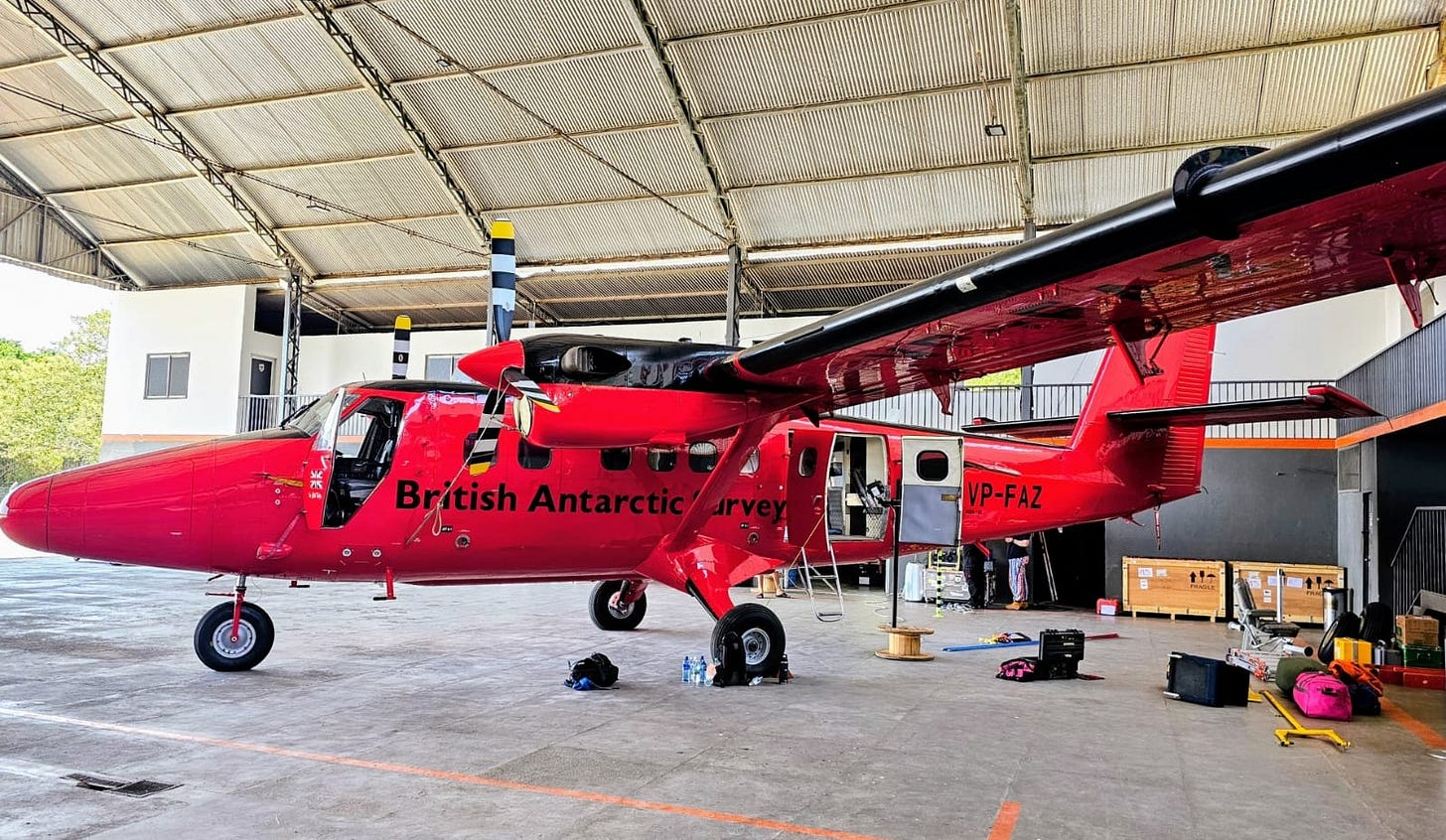These data will go a long way in helping evaluate and interpret existing satellite data and models and also the new types of satellite data that are coming online now or in the near future. The data should allow modellers to better test the realism of their model outputs, and together these observations and models are aimed at improving our ability to assess the nature of different forest disturbances and their impact on greenhouse gas fluxes.
Professor Martin Wooster, Department of Geography
10 October 2025
King's leads major international effort to monitor Amazon's climate tipping point
Project will be the most detailed greenhouse gas monitoring campaign ever conducted in the region

Researchers from King’s College London are leading a major new international project to investigate whether parts of the Amazon rainforest - long considered one of the world’s most important carbon sinks - are beginning to release more carbon than they absorb.
The project brings together scientists from the UK, Europe and Brazil to deliver the most detailed campaign of greenhouse gas measurements ever undertaken in the eastern Amazon - combining dedicated observations from satellites, from a UK research aircraft, and from large towers erected within the forest hosting numerous scientific instruments.
The initiative responds to growing concerns that parts of the Amazon may be transitioning from a carbon sink to a carbon source, due to increasing deforestation, forest degradation, and climate-enhance drought and fire activity.
King’s Professor Martin Wooster, who is leading the project, said these changes could have significant implications for the region and ultimately for the Earth’s climate but current understanding is limited by a lack of direct, long-term observations.
The CarbonARA project (Carbon-Atmosphere Research in the Amazon), funded by the European Space Agency (ESA), is being coordinated by the Earth Observation and Wildfire Research Group and the National Centre for Earth Observation (NCEO) at King’s
The projects first field campaign is now underway in the eastern Amazon. It combines:
- Multiple fixed ground-based sensors within different types of forest aimed at monitoring various characteristics of the forest vegetation and its associated greenhouse gas fluxes
- Mobile sensor units deployed by the King’s team to study fire behaviour and smoke emissions
- A research aircraft provided by the British Antarctic Survey (BAS) and equipped by King’s/NCEO Airborne Earth Observatory (NAEO) and collaborators, to provide regional-scale measurements of both the forest and the overlying atmosphere will enable simultaneous characterisation of the region’s surface and atmosphere, including fluxes from both intact and degraded forest, as well as from active fires.

The project has four key objectives:
- Quantify greenhouse gas fluxes across different Amazonian land covers
- Assess the impacts of fire and logging on forest structure and atmospheric composition
- Evaluate and validate satellite-based measurements of the Amazonian biosphere and atmosphere.
- Improve model-based assessments of the Amazon’s role in the global carbon cycle
The project will also be showcased by the UK Space Agency as part of COP 30 as an example of how the UK is contributing to efforts to support the Paris Agreement.
CarbonARA is being delivered in close collaboration with Brazilian partners, most specifically the National Institute for Space Research (INPE) and the Federal University of Western Pará (UFOPA).
The project represents a major example of international cooperation in relation to how field measurements, aircraft data and satellite Earth observation can be combined to focus on a key environmental issue of our time.
“The nature of this work is truly collaborative between institutions in Brazil, the UK and continental Europe, and the project has assembled a fantastic team to deliver a highly detailed, unique set of measurements in this critical region. The CarbonARA project is a true testament to the hard work and dedication of multiple scientists, technicians, administrative staff and funding agencies who have made this vision a reality,” said Professor Wooster.
The Amazon plays a central role in regulating the Earth’s climate and water cycles. Determining whether it remains a net absorber of carbon or is becoming a persistent source is essential for informing climate policy, conservation strategies, and future Earth observation missions.
By integrating detailed field data with satellite observations and advanced modelling, CarbonARA aims to provide the clarity needed to understand the Amazon’s evolving role in the global carbon cycle, said Professor Wooster.

